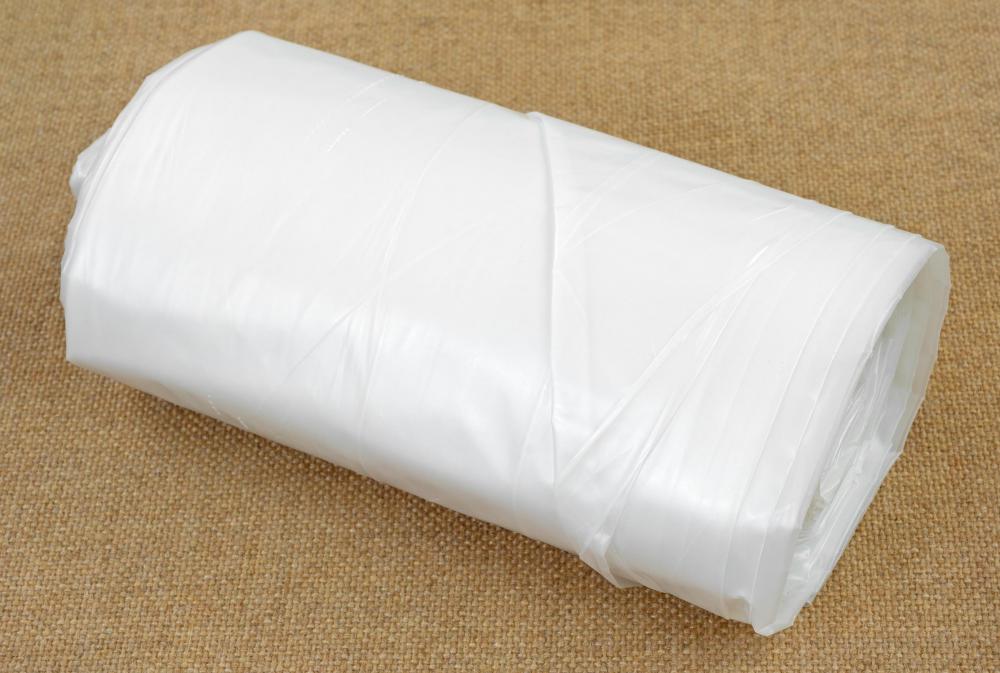At WiseGEEK, we're committed to delivering accurate, trustworthy information. Our expert-authored content is rigorously fact-checked and sourced from credible authorities. Discover how we uphold the highest standards in providing you with reliable knowledge.
How do I Dry out a Wet Crawl Space?
A wet crawl space beneath a home can be an annoyance and, in some cases, a danger. Problems commonly associated with a damp or wet crawl space can include mold, mildew, rotting of sills and joists, contamination of insulation, and attracting damaging insects. Drying out a wet crawl space requires determining where the water is entering the crawl space, addressing the common causes of crawl space moisture, cleaning the crawl space, and taking steps to reduce moisture in the crawl space.
The first step in drying out a wet crawl space is to inspect the crawl space for evidence of where water may be entering. The entire crawl space may be affected by moisture problems or the moisture may only be present in parts of the crawl space. Water will frequently leave telltale marks or stains where it is entering the space, and a visual inspection can help to find those clues.

After determining where the water is coming in, the next step is to consider and address common causes of crawl space moisture. Incorrectly sloped land that drains toward the building, missing rain gutters, gutters without downspouts or with downspouts that don't carry water away from the building, and condensation or sweating from plumbing pipes are all common causes of crawlspace moisture problems.

Once the cause of the wet crawl space has been identified and corrected, the next step is to clean the crawl space. It is a good idea to ventilate the area in advance of cleaning, if possible. It may also be a good idea to wear protective equipment such as a respirator or mask. These steps can help protect you from exposure to mold, dust, and rodent droppings while cleaning.

Remove any debris in the crawl space as part of the cleaning process. Old wood, cardboard, and storage boxes may be found in a crawlspace. It is important to remove these things, because they can hold moisture, mold and mildew. Remove any insulation, particularly fiberglass insulation, that may be contaminated by moisture or mold as well. Fiberglass insulation may have mold growing inside of it once it has been exposed to moisture or water. Anything that may hold moisture, mold or mildew should be removed during cleaning.

The next step after cleaning a crawl space is to consider steps to maintain the crawl space and to reduce crawl space humidity. Installing a crawl space sump pump can be useful if a high water table or underground spring continues to cause water problems. A crawl space dehumidifier also can be helpful in reducing crawl space moisture problems. Some buildings may benefit from installing a heating duct or radiator in the crawl space, particularly during cooler weather.

A crawl space that has only a dirt or gravel floor may benefit from crawl space encapsulation. This may be accomplished by installing a moisture barrier across the floor and part way up the foundation walls to prevent moisture from rising up from the ground and into the crawl space. Crawl spaces that have plumbing pipes in the space should also have the pipes insulated with pipe insulation to reduce condensation that may form on the pipes.

These steps should help with many wet crawl space issues. Some crawl spaces may require waterproofing the outside of the foundation to resolve; others may require drainage work to carry water away from building and prevent it from entering the crawl space. This is usually only a problem where the building sits on land with a very high water table or with underground springs.
AS FEATURED ON:
AS FEATURED ON:

















Discuss this Article
Post your comments